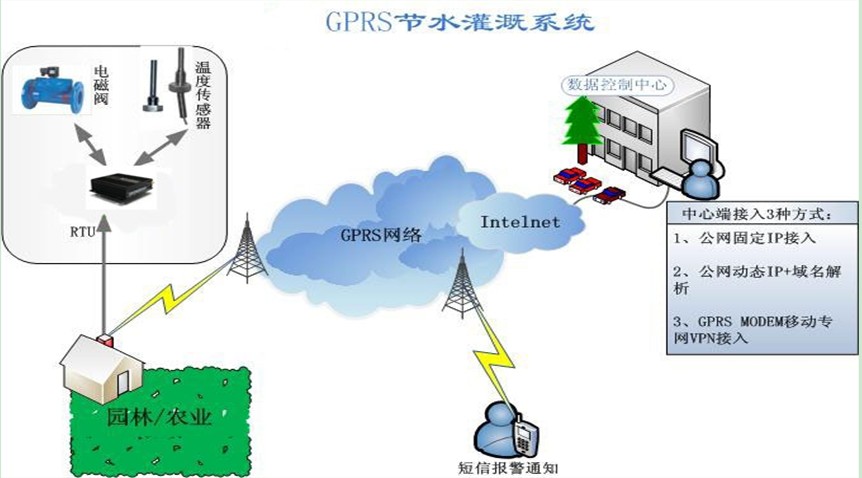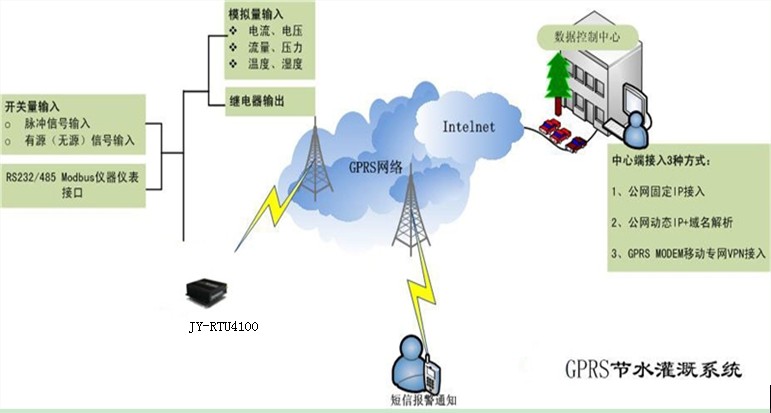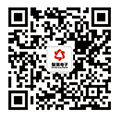
Modern water-saving irrigation technology to transform traditional irrigation agriculture and realize timely and appropriate "fine irrigation" has important practical significance and far-reaching historical significance. The reasonable promotion of automatic control in irrigation system can not only improve the utilization rate of resources and alleviate the contradiction of increasing tension of water resources, but also increase the output of crops and reduce the cost of agricultural products.
The automatic irrigation monitoring system has the following advantages:
1. We will give full play to the role of existing water-saving equipment, optimize dispatching and improve benefits.
2. Through the application of automatic control technology, it can save water and energy, reduce irrigation cost and improve irrigation quality.
3. It will make irrigation more scientific, convenient and improve the management level.
Developing and popularizing new water-saving irrigation control technology is the need to realize agricultural modernization.
GPRS agricultural automatic irrigation system:
GPRS agricultural automatic irrigation system is mainly composed of central main control system (main computer), GPRS acquisition and control terminal, solenoid valve, field humidity sensor (which can measure the absolute value of soil humidity), meteorological observation station (which can measure air temperature, wind direction, wind speed) and other equipment. The operator can sit in the control room, comprehensively analyze the transmitted meteorological data, field soil humidity and other data, and use the automatic mode to irrigate the whole community without leaving home. At the same time, the data query system and printing system can also be used to record, query and print the meteorological data, soil humidity, irrigation setting, irrigation process, irrigation history and other data of the whole irrigation community at any time.
The network structure of GPRS agricultural automatic irrigation system is divided into three layers. The first layer is the control center, which is composed of computer and Ethernet; The second layer is GPRS wireless acquisition controller (jy-rtu4100 GPRS RTU), and there is no cable connection between this layer and the first layer; The third layer is the sensor acquisition and solenoid valve. All sensors, solenoid valves and GPRS wireless acquisition controller only need to be connected with one cable. The scheme is described in detail below:
First of all, we can divide the area to be irrigated into several small areas. The principle of division is that the valves are relatively concentrated. A GPRS wireless acquisition controller GPRS RTU is used in each cell to communicate with the central control room; GPRS wireless acquisition controller is then connected with solenoid valve, soil sensor, etc. This set of equipment only needs little power and can use solar energy to supply power. The control system of this community does not need any cable to connect with the central control room. The overall structure block diagram of the system is shown in the figure.

First floor control center:
The center sends the outdoor sensor data to the central computer through GPRS / GSM network, where the irrigation parameters are set and the irrigation situation is counted, and the data and charts can be stored and displayed on the computer through special software. At the same time, special operations can be carried out manually. Obtain weather information through the Internet and carry out irrigation predictably.
There are two ways to establish GPRS central connection:
a. The central control station server adopts fixed IP address. When the number of monitoring points increases, the center can meet the demand without capacity expansion (applicable to those with about 200 monitoring points).
b. The central monitoring station server adopts dynamic IP address (the peanut shell software can be applied in the form of domain name). When the number of monitoring points increases, the center can meet the demand without capacity expansion (suitable for those with dozens of monitoring points).
Layer 2 GPRS wireless acquisition controller:
1. Jy-rtu4100 product introduction:
Integrating acquisition, wireless data transmission and remote control, the analog quantity, switching value and relay signal of the on-site sensor are transmitted to the monitoring center through GPRS wireless network, which realizes a complete solution from on-site acquisition to the monitoring center. It can exchange data with remote field sensors directly through various general industrial configuration software without customizing the driver.
2. Product functions:
◎ the integration of acquisition, transmission and control improves the reliability of the system and reduces the cost;
◎ the embedded processor with ultra-low power consumption and high performance is adopted, and the data sampling accuracy is less than 2 ‰;
◎ built in watchdog, no crash, automatic recovery when the line drops;
◎ equipped with a variety of interface resources: including analog signal acquisition, switching value acquisition, pulse signal input, relay control output, etc;
◎ the relay can be set with alarm linkage;
◎ it supports one-way RS232 / RS485 (only Modbus Protocol) user data interface, and can access electronic sensors, PLC and other equipment;
◎ short message data transmission or GPRS real-time online transmission;
◎ GPRS Remote Online setting and SMS remote setting function;
◎ support the terminal to enter the sleep mode remotely and wake up in a variety of ways;
◎ monitoring center and mobile phone remote control field equipment;
◎ send SMS alarm information to the mobile phone set by the user;
◎ analog alarm in different periods;
◎ user programmable range conversion and alarm upper and lower limit setting;
◎ built in industrial clock for accurate time recording;
◎ automatic timing report and event trigger report function;
◎ built in large capacity flash memory, automatic data recording, supporting historical data retrieval;
◎ onboard industrial GSM / GPRS communication module, which is convenient for users to choose GSM / GPRS networking mode;
◎ provide user setting software and open interface to facilitate connection with configuration software and other software;
effect:
◎ sensors with direct analog inputs such as voltage and current value to monitor soil water content;
◎ digital sensor with 485 digital input to monitor EC (conductivity) value and pH value;
◎ with switching value input to monitor the status of solenoid valve;
◎ remote control solenoid valve with relay output;
Advantages of jy-rtu4100 in the application of this system:
1. The central control room can control valves thousands of miles away;
2. Only one cable needs to be used to connect all valves in each community. Great cost savings;
3. Where electricity cannot reach, we can use solar energy for power supply;
4. The valve can also be controlled by SMS;
5. Communication transmission of various monitoring and control signals;
6. Analog and switching value high and low alarm.

Layer 3 sensor acquisition and solenoid valve
Each control unit controls 1-4-way solenoid valves. After a / D conversion and signal processing, the multi-channel data collected by the sensor determines the irrigation amount according to the needs of different vegetation in the microprocessor, then controls the signal output, and controls the switch of the solenoid valve in combination with the instructions of the central management computer, that is, automatic irrigation can be realized. The soil humidity sensor is used to measure the soil humidity to understand the real irrigation situation of the soil
This determines whether or not irrigation and the length of time; Equipped with EC (conductivity) value and pH value sensor, it can detect the EC Value and pH value of inlet and outlet water, so as to control the distribution of automatic nutrient solution.
Data acquisition is an important part of automatic irrigation. Soil moisture sensor is generally used to collect the signal of soil water suction, which is also called soil moisture sensor. It converts the magnitude of soil water suction into a standard 4-20mA current signal. The sensor is embedded in the soil and placed at the root of the vegetation. Multiple sensors should be placed in a representative position, so as to reflect the average water content of the whole field. EC sensor and pH sensor detect the conductivity and pH of irrigation water to determine the amount of fertilizer and nutrients to be added.
Conclusion:
GPRS RTU agricultural automatic irrigation system develops the traditional full irrigation to insufficient irrigation, monitors and forecasts the water use in the irrigation area, and carries out actual dynamic management. Sensors are used to monitor soil moisture and crop growth, so as to realize the automation of water management. Efficient agriculture and precision agriculture require us to improve the utilization of water resources. It is impossible to realize the high efficiency of water resources only by single water-saving irrigation technology. Water source development, water transmission and distribution, irrigation technology, rainfall, evaporation, soil moisture and the law of crop water demand must be considered. Achieve the joint transfer of rainfall, irrigation water, soil water and groundwater, and realize the automatic water supply on schedule, on demand and in quantity.

 銷售王經(jīng)理
銷售王經(jīng)理
 微信公眾號
微信公眾號